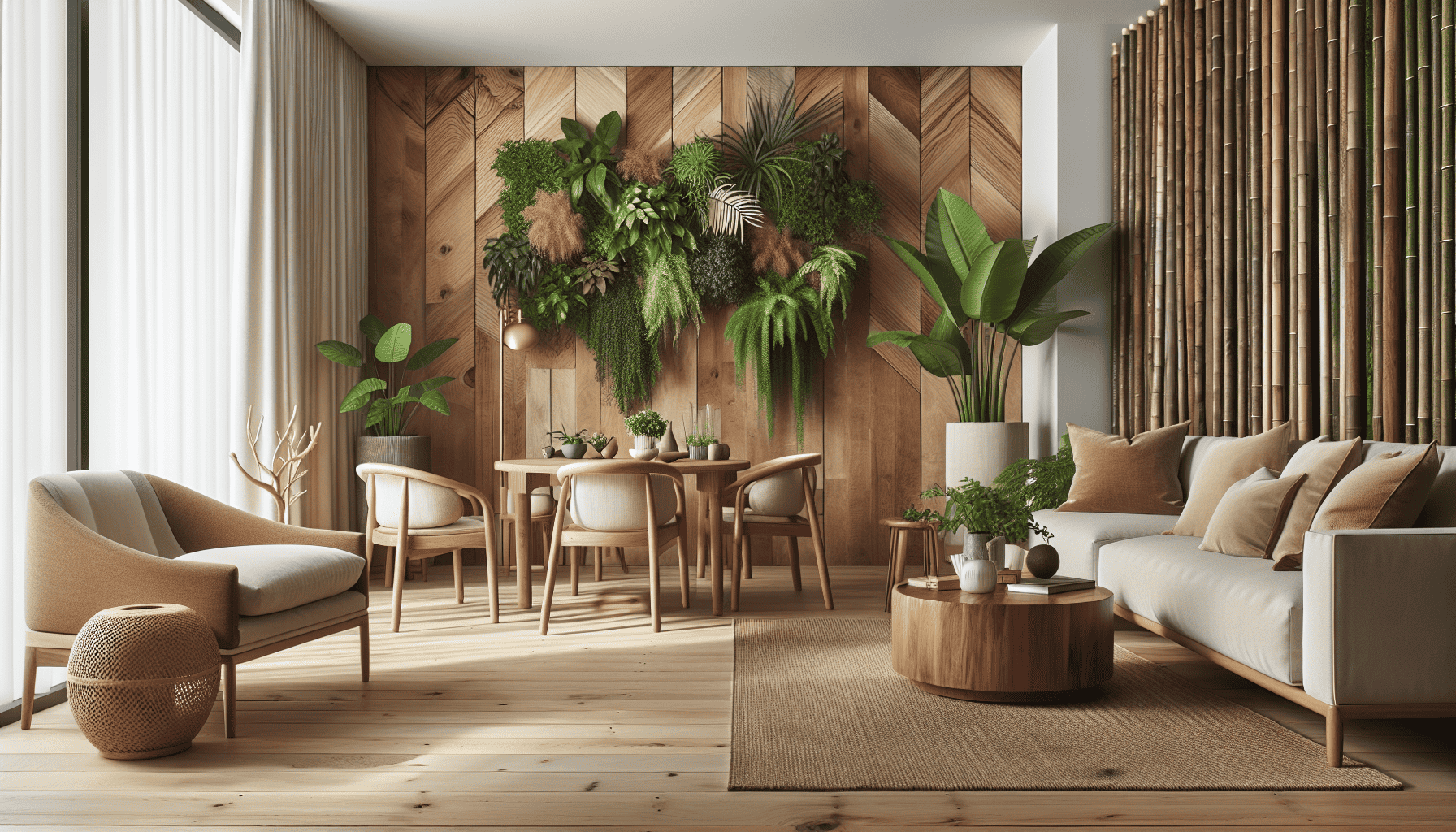In recent years, there has been a growing awareness and appreciation for sustainable living, especially when it comes to designing our homes and personal spaces. This shift towards eco-friendly designs is more than just a trend; it is a necessary response to the environmental challenges we face. By incorporating sustainable materials and embracing green aesthetics, we can create living spaces that are not only beautiful but also kind to the planet.
One of the foundational steps in achieving an eco-friendly design is the careful selection of sustainable materials. These materials are sourced and produced in ways that minimize environmental impact, from reducing carbon emissions during production to ensuring responsible harvesting processes. Bamboo, for instance, is a popular choice due to its renewability and rapid growth rate. Unlike traditional hardwoods that can take decades to mature, bamboo can be harvested in just a few years, making it a sustainable option for flooring, furniture, and decorative elements.
Reclaimed wood is another excellent material for eco-friendly designs. By reusing wood from old buildings, barns, or even wine barrels, we can reduce the demand for new lumber and prevent waste. Each piece of reclaimed wood carries a story, adding character and uniqueness to a space that new materials often cannot replicate.
Beyond the choice of materials, the aesthetic aspect of eco-friendly design is equally crucial. Incorporating elements of nature into interior spaces not only promotes sustainability but also enhances the well-being of the inhabitants. Indoor plants are a simple yet effective way to achieve this. They improve air quality, provide a sense of tranquility, and can be used as striking design features.
Natural light is another important consideration. Maximizing the use of daylight reduces our reliance on artificial lighting and can significantly lower energy consumption. Large windows, strategically placed mirrors, and light-colored walls are design strategies that can help harness natural light, making spaces feel brighter and more open.
Moreover, color palettes inspired by nature, such as earth tones and greens, can create a calming and balanced atmosphere. These hues can be paired with textures like stone or clay to further enhance the natural aesthetic. Using local materials and supporting local artisans not only reduces transportation emissions but also fosters a connection to the community.
Incorporating technology that supports sustainability is another aspect of eco-friendly design. Smart home systems that optimize energy use for heating, cooling, and lighting contribute to reducing a household's environmental footprint. Similarly, water-saving fixtures can help conserve one of our most precious resources.
Eco-friendly designs also consider the entire lifecycle of products, advocating for timeless designs that withstand changes in trends. This involves investing in quality over quantity and choosing pieces that are both durable and versatile. By doing so, we reduce waste and the need for frequent replacements.
In conclusion, creating a greener living space through sustainable materials and aesthetics is an attainable goal that brings multiple benefits. Not only do these spaces support environmental health, but they also enhance the quality of life for those who inhabit them. As we continue to explore and innovate in eco-friendly design, we move closer to a future where our homes and lifestyles are in harmony with the natural world.
